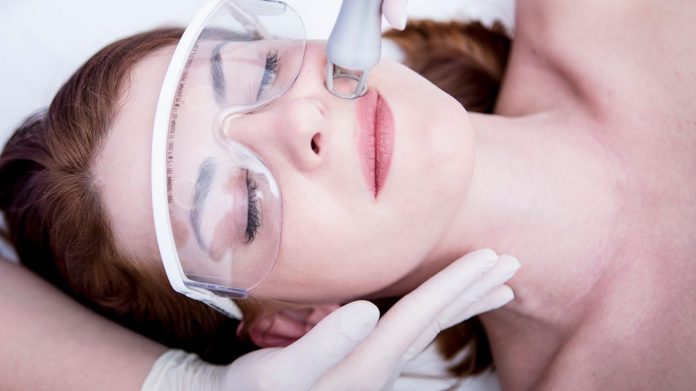The human skin measures about 20 square feet, making it the largest organ in your body. It lets you experience hot and cold and allows you to distinguish various textures from each other.
But beyond serving as a sensory organ, your skin also plays a vital role in keeping you healthy.
For one, it is essential in regulating your body temperature through sweat. Plus, it serves as your best shield against microbes and environmental elements.
But because of all that, the skin is subjected to harsh conditions, causing it to develop flaws like rashes, acne, scarring, and discoloration. Over time, it also loses its elasticity, becoming dry and wrinkled.
That said, you need to pay closer attention to this part of your body, especially when you’re older because this is when imperfections are most prevalent.
Aside from customizing a skincare regimen for your skin type, you must also look into procedures that could help return the youthful appearance of your skin. Skin resurfacing is an excellent example.
In this article, you’ll learn what skin resurfacing is and the tell-tale signs that indicate when you need to undergo the procedure.
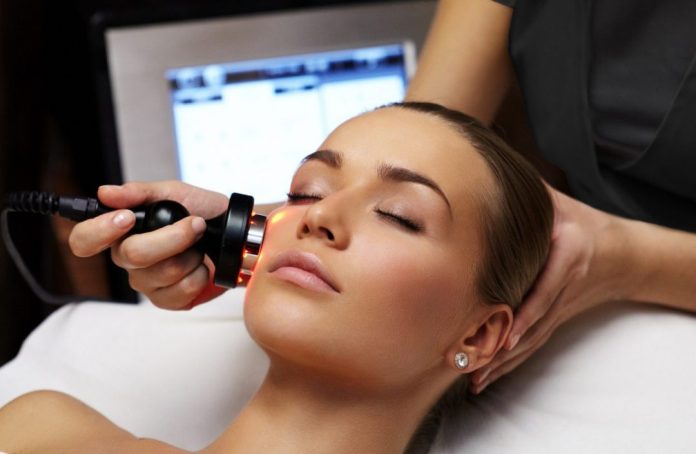
What is Skin Resurfacing?
Skin resurfacing is a dermatological treatment that helps improve skin appearance and texture.
Using equipment from beauty and wellness suppliers like the MedicaGroup, doctors – particularly dermatologists – perform this procedure to bring back skin elasticity and eliminate other imperfections.
Depending on the variation of the procedure used, it may or may not remove some layers of the skin.
- Ablative lasers deal with both deep and superficial skin concerns by stripping off the outer layer of the skin. It is often used for scars, warts, fine lines, and wrinkles (both deep and superficial).
- Non-ablative lasers do not remove any skin layer. This type of skin resurfacing procedure corrects spider veins, rosacea, and acne-related concerns using pulsed-dye, pulsed light, or fractional lasers.
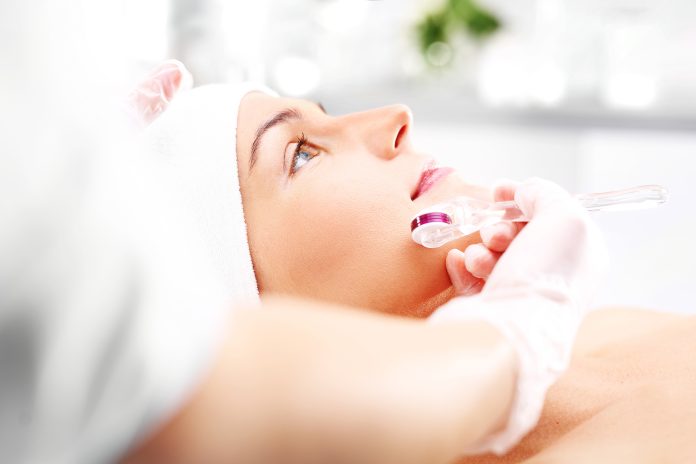
How to Prepare for the Procedure
Before you can undergo laser skin resurfacing, you must first prepare weeks before the procedure. Below are a few things you need to do and remember:
- Avoid any heavy sun exposure and tanning beds.
- Skip medications that lead to photosensitivity (e.g., doxycycline and minocycline).
- Forgo deep facial peels (e.g., dermabrasion and strong chemical peels).
- Apply a retinoid ointment or cream to the target area.
Taking the necessary precautions will help your skin tolerate the treatment better and decrease the risk of side effects.
What to Expect During Skin Resurfacing
Before the procedure begins, your doctor will use a topical anesthetic on the target site to reduce any pain or discomfort you may feel. If the area is larger, you may be sedated or asked to take painkillers before the procedure.
After that, they will clean the skin to remove dirt, bacteria, and excess oil.
During the treatment, your doctor will use the selected laser to move slowly around the target area. They do this repeatedly until the desired outcome is achieved.
Once this is done, they will wrap the treatment area to protect your skin as it heals.
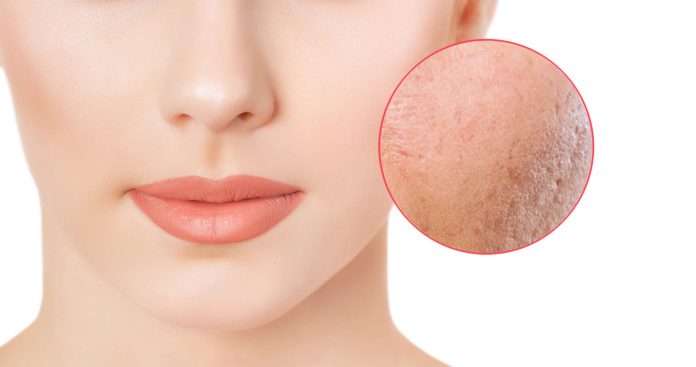
5 Signs You Need Skin Resurfacing
Skin resurfacing is an effective treatment for specific concerns, which means it may not be suitable for everyone.
You’ll know when you need to undergo such a procedure when you experience the following signs:
1. Fine lines, wrinkles, and sagging skin
Laugh lines, crow’s feet, and sagging skin are natural signs of aging. However, they can also appear prematurely because of various factors, including stress.
Fine lines and wrinkles emerge when the skin produces less natural oils. That, along with reduced elasticity, leaves the skin more fragile and more prone to damage.
These age lines and sagging skin tend to be more prominent around the mouth and the eyes, making these areas excellent targets for skin resurfacing.
After the procedure, these concerns will appear softer and smoother, giving you a more youthful appearance.
Laser skin resurfacing also encourages collagen production. In many cases, it also promotes collagen absorption in the surrounding areas, even if they weren’t among the spots subjected to the laser.
Overall, the procedure will result in firmer skin, which you’ll notice immediately after the treatment.
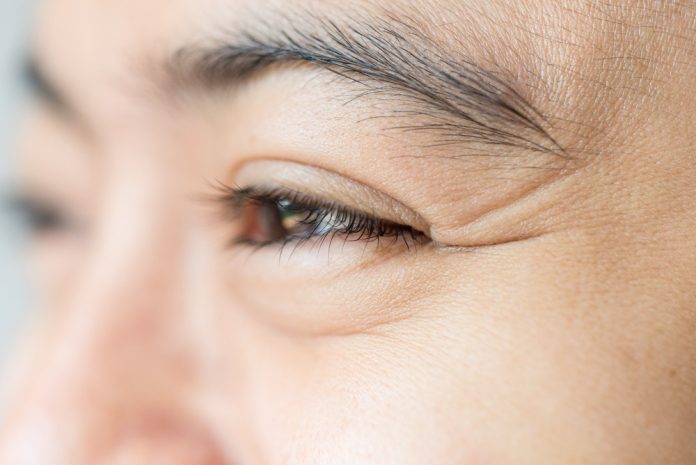
2. Skin discoloration
Another common issue that comes with age is skin discoloration, such as redness, brown spots, and uneven skin tone.
Aside from age, these skin concerns can also be a result of overexposure to the sun, among other things.
Plus, some people experience melasma, a condition characterized by patches of darker skin on the face and other parts of the body. It tends to be symmetrical (matching both sides of the face) and often covers part of the forehead, cheeks, chin, and the bridge of the nose.
Other conditions involving skin discoloration include:
- Rosacea
- Eczema
- Hyperpigmentation
3. Scarring
Acne scars can be frustrating to deal with, especially if you’re prone to breakouts. Even as you enter adulthood, you may still experience issues with acne, which can leave your skin uneven and covered with blemishes.
The same is true for scars from surgeries or accidents. Because of their appearance, these flaws may hamper your self-confidence.
Fortunately, laser skin resurfacing offers a way to minimize the appearance of scars effectively. In the best-case scenario, the treatment may be able to eliminate them altogether.
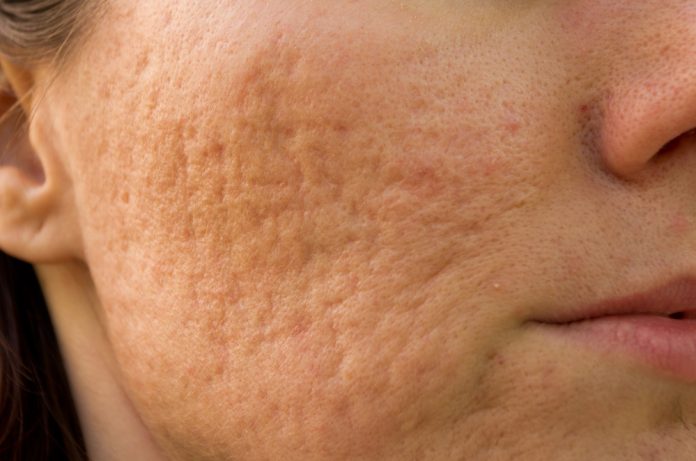
4. Enlarged pores
Genes and age are two factors that contribute to enlarged pores. This can make your skin look bumpy and uneven, causing you to feel self-conscious when people are close enough to see.
With skin resurfacing, your pores can look much smaller, leaving your skin with a smoother appearance. This will also allow you to feel more confident, even while you’re near other people.
The best part is that the effects of skin resurfacing can last a long time. Results are noticeable immediately after the procedure.
5. Spider veins and prominent blood vessels
Also known as broken capillaries, spider veins and other prominent blood vessels in the face may appear when skin irritations occur. For some people, they emerge because of sun exposure, hormones, and alcoholism.
If you have this skin concern, it may be high time you talk to your doctor about skin resurfacing. They may recommend non-ablative lasers to remove those unsightly veins within one or two sessions.
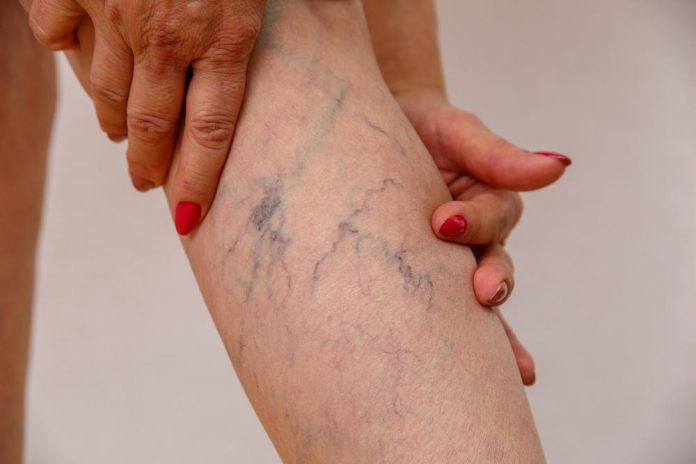
When in Doubt, Talk to a Specialist
Skin resurfacing is a non-invasive treatment that helps improve the appearance of scars, acne marks, wrinkles, fine lines, skin discoloration, and prominent blood vessels.
If you’re not sure whether you need the treatment, visit here to set an appointment with a dermatologist. They can also help you learn more about the procedure, including the possible side effects it may have to help you weigh your options better.

